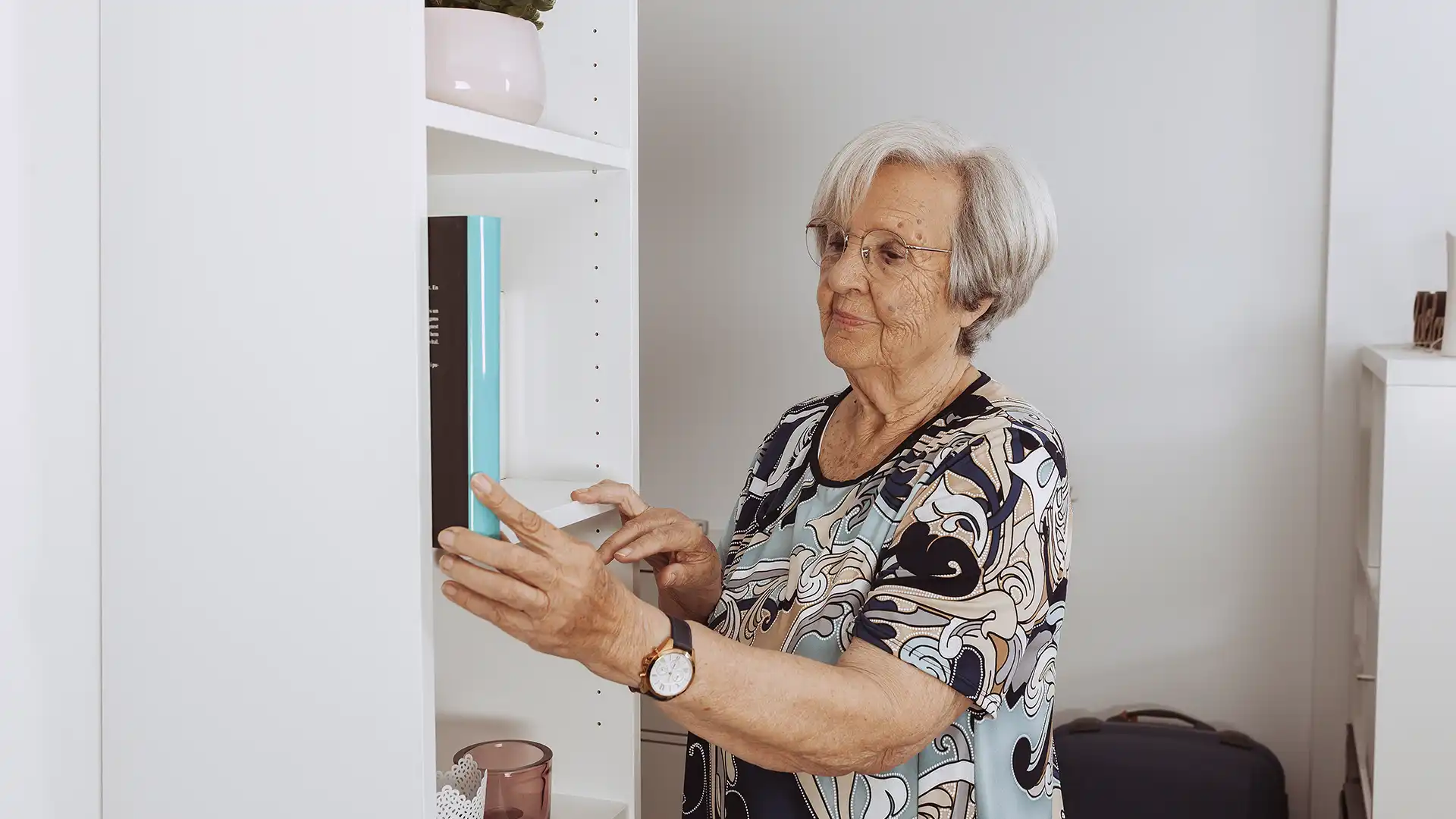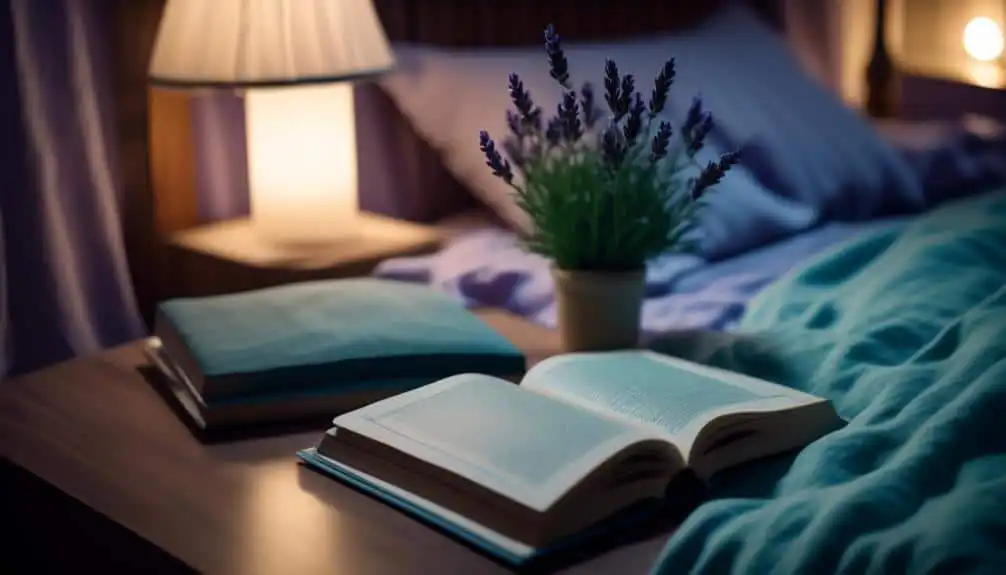Tips for better sleep. Did you know that your bedroom temperature can significantly impact your sleep quality? It’s not just about having the right mattress or the perfect pillow, though those certainly play a part. If you’re constantly tossing and turning at night, waking up groggy, and feeling like you’ve run a marathon rather than enjoyed a restful night’s sleep, it might be time to look at your sleep environment.
But it’s not only about the temperature; other elements in your sleep environment might sabotage your sleep quality. Want to discover what they are and how to fix them? Let’s explore this together.
Establishing a Consistent Sleep Schedule
To establish a consistent sleep schedule, set a fixed bedtime and wake-up time to help regulate your body’s sleep-wake cycle. This is the first step to honing your sleep habits, and it’s simpler than you might think. Choose a time to go to bed each night that aligns with when you naturally feel tired. Consistency is key, so stick to this schedule as closely as possible, even on weekends.
A relaxing pre-sleep routine can help you sleep faster and achieve quality sleep. You could read a book, take a warm bath, or do light stretching. Avoid stimulants like caffeine and turn off electronic devices an hour before bed to enhance your sleep hygiene.
Your sleep environment also plays a significant role. Ensure your bedroom is dark, quiet, and cool to foster better sleep. Limit daytime napping as it can disrupt your sleep patterns at night.
Nutrition and Its Impact on Sleep
Ever wondered how what you eat and drink can impact your sleep? Nutrition and its impact on sleep are significant factors in getting a good night’s sleep. Avoiding large meals and stimulating substances like caffeine close to bedtime can drastically improve sleep quality and quantity.
Your bedroom environment also plays a key role. Keeping your room cool, dark, and quiet can aid in falling asleep. Using room-darkening shades or earplugs, or even a fan can help create a conducive sleep environment.
You might love daytime napping, but it’s best to limit these to no more than an hour. Late-day naps, especially, can interfere with your nighttime sleep. Regular physical activity can enhance your sleep, but avoid being active too close to bedtime.
Poor sleep can often be a symptom of underlying issues. If you’re not getting the recommended amount of sleep regularly, it’s advisable to seek professional help. Your healthcare provider can help identify and treat these causes to improve your sleep.
Creating a Sleep-Friendly Environment
Building on the importance of nutrition for restful sleep, let’s explore how crafting a sleep-friendly environment in your bedroom can further boost your sleep quality.
Your bedroom environment plays a crucial role in your sleep quality. A comfortable temperature is essential, so adjust your thermostat to create a cool, relaxing atmosphere. Invest in the best mattress you can afford and ensure your bed is comfortable and supportive.
Minimize bedroom light exposure by using room-darkening shades or a sleep mask. Consider a noise machine or soothing music to drown out any disruptive sounds. Regular Breathing Exercises can also help clear your mind and prepare your body for sleep.
To create a sleep-friendly environment, remember to:
- Keep your bedroom cool, dark, and quiet
- Invest in a comfortable bed and the best mattress you can afford
- Use tools like a noise machine, soothing music, or Breathing Exercises to help clear your mind and relax your body
Following these suggestions will help you create a conducive bedroom environment for sleep, ensuring you wake up refreshed and energized each morning. Sleep is as crucial to your health as a balanced diet and regular exercise.
The Role of Physical Activity in Sleep
Regularly engaging in physical activity can significantly improve your sleep quality and duration. It’s a key role player in the battle against restless nights and can foster better sleep overall. This could be your ticket to good sleep if you struggle with sleep.
Physical activity can alleviate many sleep problems. It’s vital, however, not to engage in vigorous exercise close to bedtime, as it could be stimulating rather than relaxing. Schedule your workouts earlier or choose calming exercises like yoga for evening routines.
Another tip for better sleep is spending time outside daily, particularly in natural sunlight. This can have a positive impact on your sleep quality. Choose physical activities that suit your fitness level and preferences to support your overall sleep health.
But always remember, before starting any new exercise regimen, consult with a healthcare provider to ensure it aligns with your sleep needs and overall health. This way, you’ll ensure your physical activity routine improves sleep rather than causing more sleep problems.
With these tips, you’ll be on your way to more restful nights.
Managing Stress for Better Sleep
Just as physical activity can aid in improving sleep, managing stress effectively is another surefire way to achieve better sleep quality. If you’re a healthy adult having trouble sleeping, it’s crucial to identify and address sources of stress. Managing stress for better sleep is feasible, and doing so can significantly improve your overall sleep.
Here are some tips for better sleep:
- Start by practising deep breathing and meditation. These techniques can reduce anxiety and help you fall asleep faster.
- Establish a consistent bedtime routine. Avoid stimulating activities before bed and create a comfortable sleep environment.
- Minimize exposure to caffeine, alcohol, and blue light from electronic devices before bedtime to support your natural circadian rhythm.
One common misconception is that you can ‘catch up’ on sleep. However, an irregular sleep schedule can worsen your sleep quality. So, make it a priority to stay asleep for the entire night.
Lastly, if you suspect you have sleep apnea or another sleep disorder, seek professional help. Underlying sleep disorders can interfere with your ability to fall asleep and stay asleep. Remember, sleep is a vital part of a healthy lifestyle. Manage stress effectively, and you’ll be on your way to better sleep.
Frequently Asked Questions
What Is the 10 3 2 1 0 Rule for Sleep?
You’re asking about the 10-3-2-1-0 sleep rule. It’s a routine where you avoid caffeine 10 hours, food or alcohol 3 hours, work 2 hours, and screens 1 hour before sleep. Zero hits on the snooze button.
How Can I Increase My Sleep Quality?
To increase your sleep quality, establish a regular sleep schedule. Make your room cool, dark, and quiet. Limit day naps to an hour and exercise regularly. Manage worries and seek professional help if needed.
How Can I Induce Better Sleep?
Establish a regular sleep routine and create a sleep-friendly environment to induce better sleep. Limit naps, incorporate physical activity, and manage stress. If sleep troubles persist, it’s vital to seek professional help.
How Can I Increase My Deep Sleep Time?
To increase your deep sleep time, stick to a consistent sleep schedule, create a sleep-friendly environment, limit daytime napping, engage in regular physical activity, and manage your worries before bedtime. Seek help if needed.
Conclusion
So, you’ve got the lowdown on how to improve your sleep. Remember, consistency is key – stick to a sleep schedule. Watch what you eat before bed, and make your room a sleep haven. Don’t forget to move your body during the day and manage your stress levels. If you’re still struggling, reach out for professional help. Try these tips, and you’ll get better sleep in no time.






















